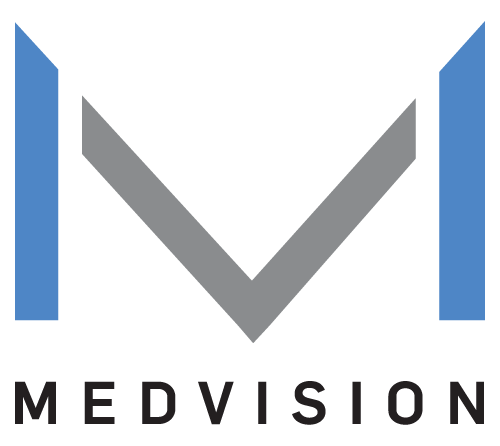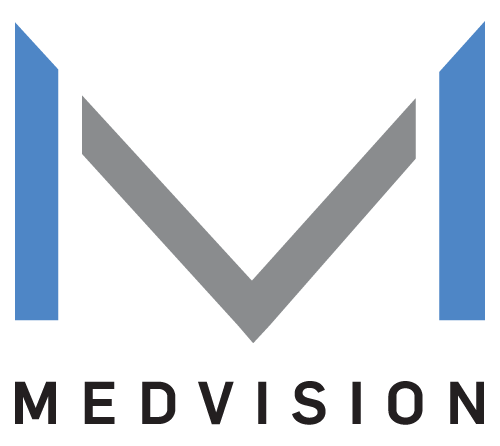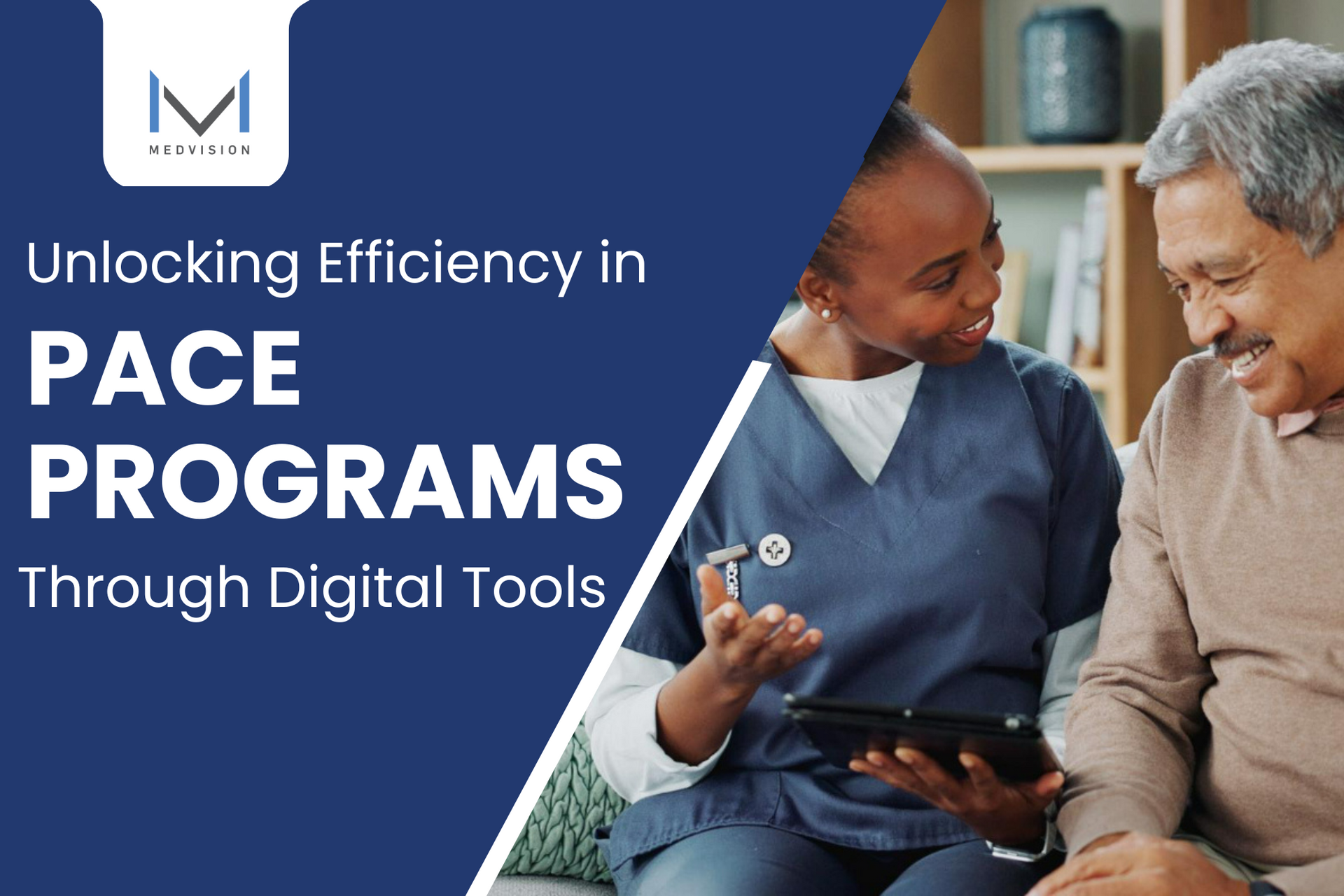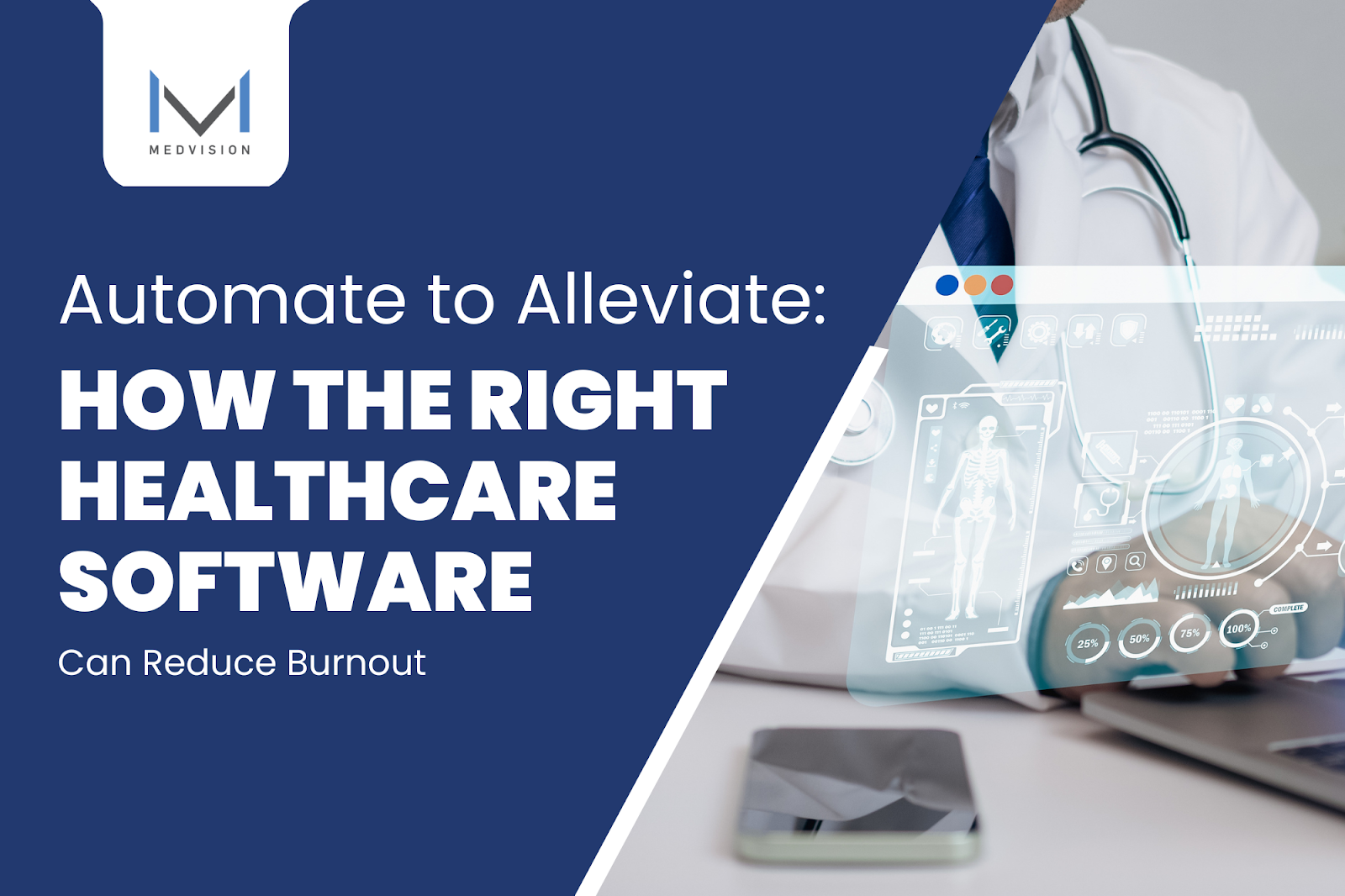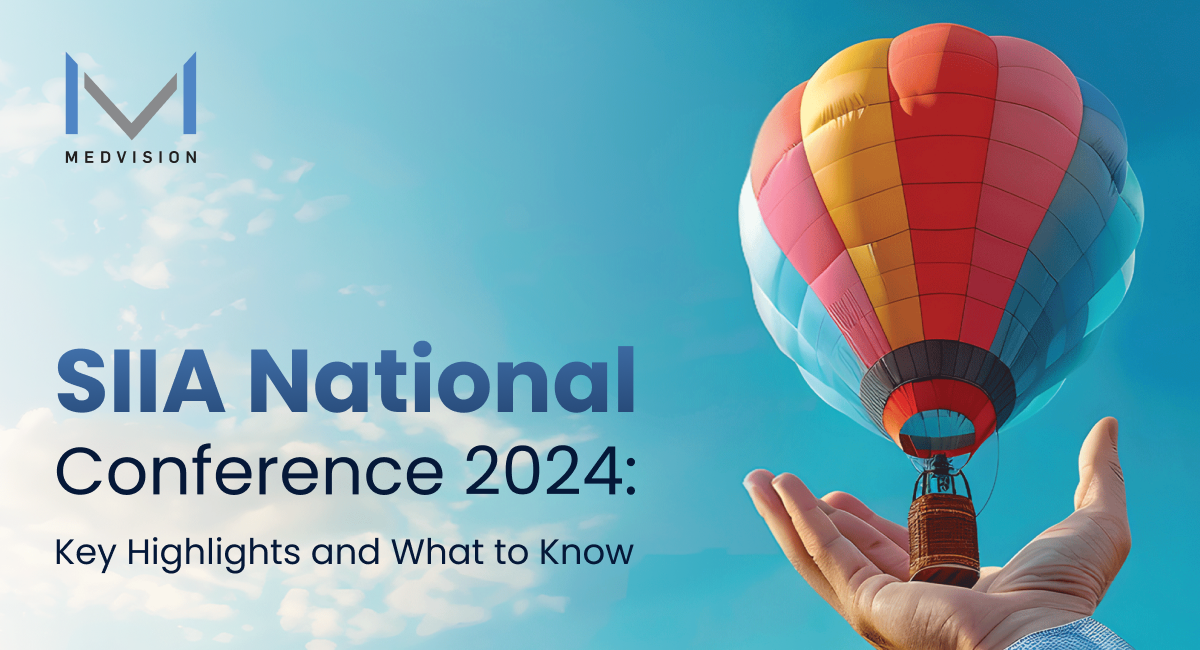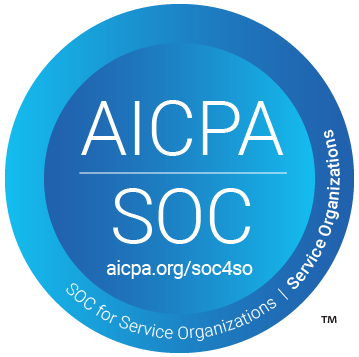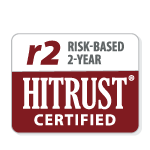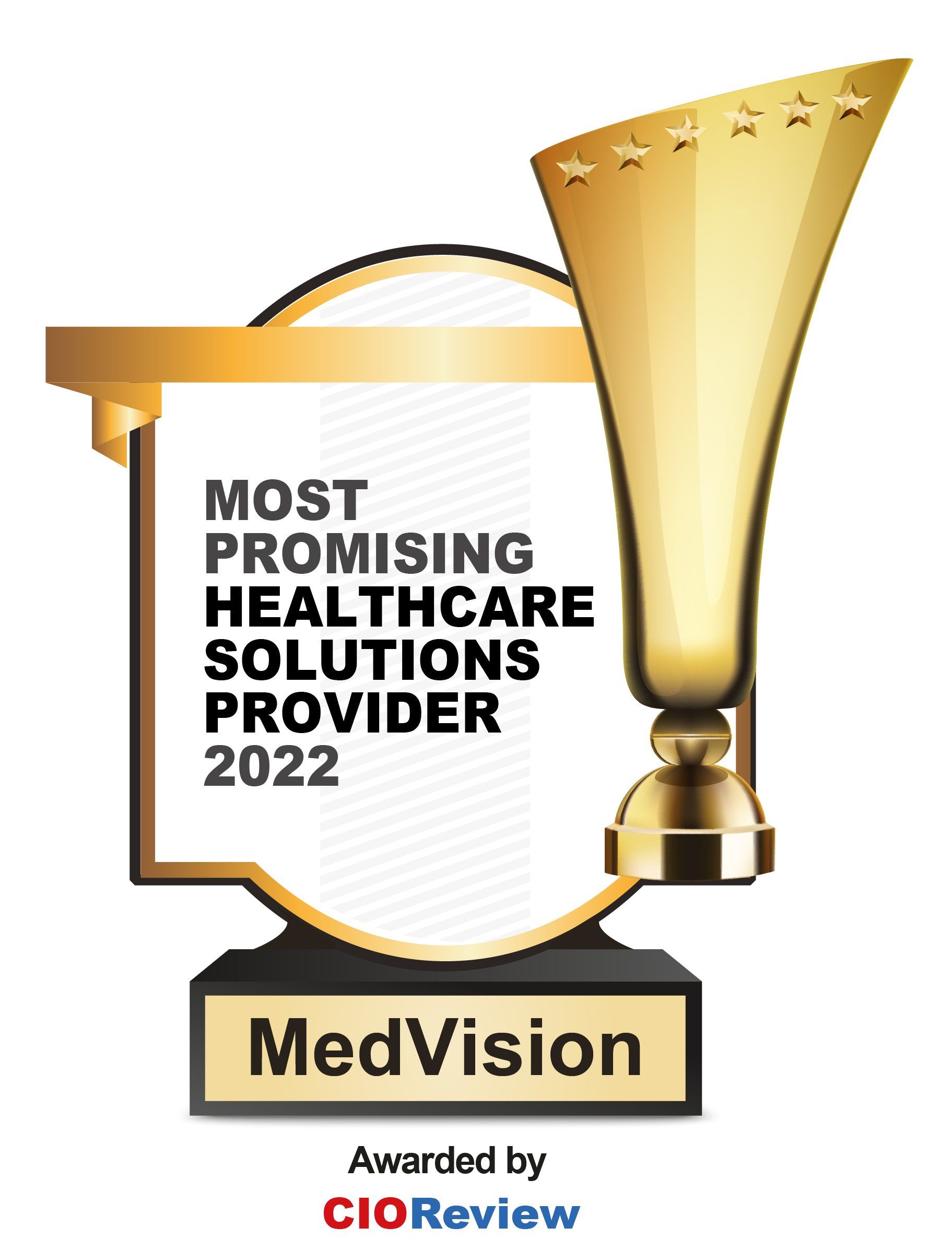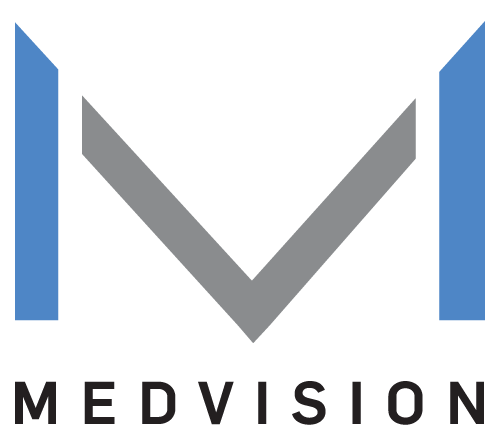Unlocking the Power of Advanced Reporting Tools in Healthcare
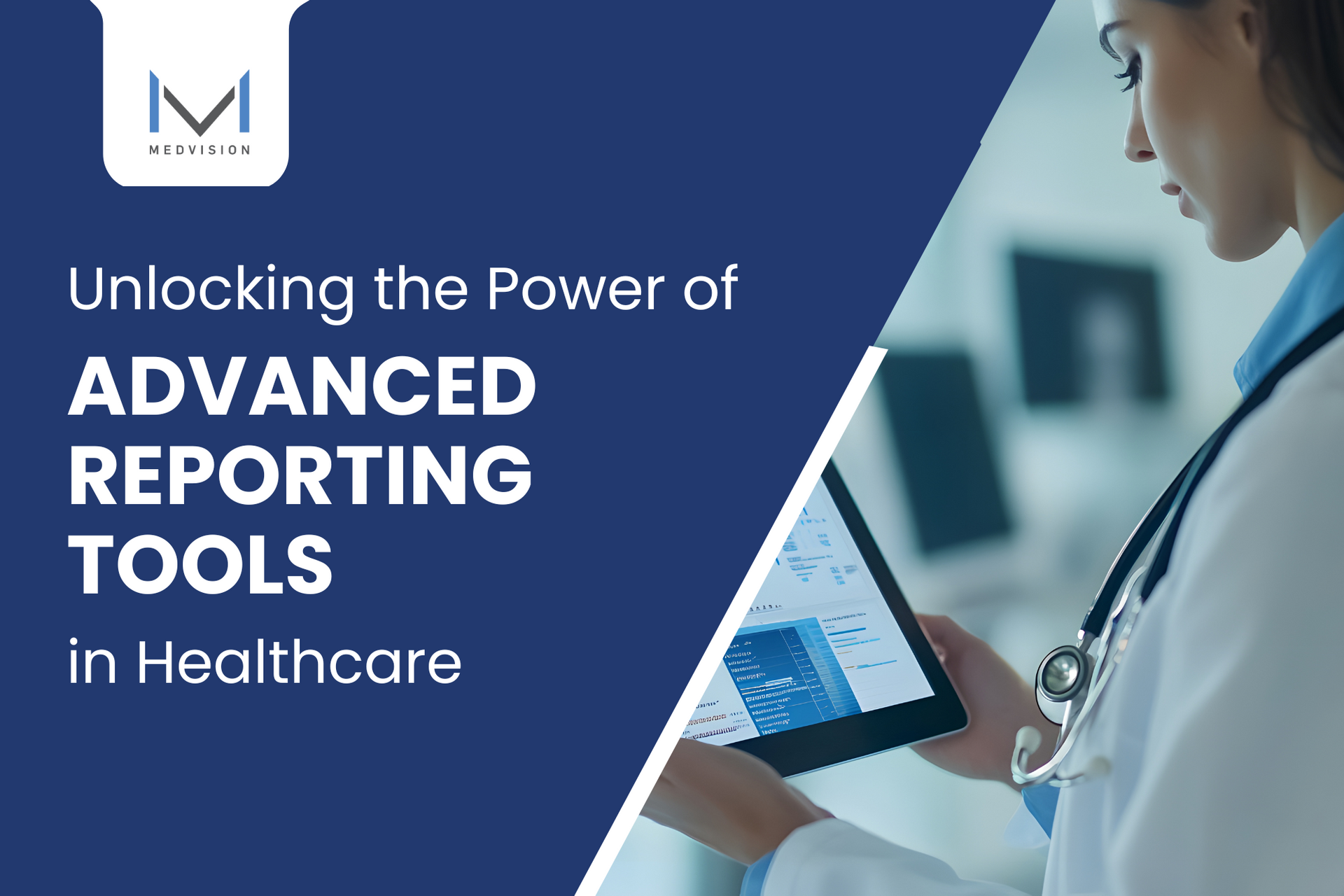
Practices, nowadays, find themselves drowning in a sea of data. Patient records, billing information, and clinical outcomes pile up, but extracting meaningful insights from these datasets remains challenging.
However, the actual value of this information lies not in its collection but in its analysis and application, which is why the need for
advanced reporting tools is growing. These tools go beyond simple data aggregation and basic statistics. They can analyze diverse data sets, create visual representations of complex information, and even leverage artificial intelligence to predict trends and outcomes.
Adopting these tools is no longer a privilege—it’s a necessity, especially for healthcare administrators and value-based providers. Recognizing this critical need, MedVision has developed QuickCap. This comprehensive solution offers powerful features that streamline reporting, simplify clinical outcomes tracking, manage finances, and stay compliant with healthcare regulations.
Transform Your Data into Actionable Results
The Role of Data in Modern Healthcare
Every action generates valuable information, from patient health records to administrative and financial details. However, collecting, storing, and using this growing volume of healthcare data effectively is no small task.
Modern healthcare organizations collect data from a multitude of sources:
- Electronic Health Records (EHRs)
- Medical imaging systems (e.g., X-rays, MRIs, CT scans)
- Laboratory Information Systems (LIS)
- Pharmacy Management Systems
- Billing and Claims Processing Systems
- Patient-generated data (e.g., wearables, home monitoring devices)
When properly used, healthcare data management can drive significant improvements across multiple areas, such as:
- Evolved care coordination through shared data across providers
- Reduced administrative burden through automation
- Enhanced ability to track and report on patient safety indicators
- Identification of cost-saving opportunities
What are Advanced Reporting Tools?
Advanced reporting tools provide dynamic, interactive, and customizable reporting capabilities. These tools are designed to process data in ways that provide deep insights and facilitate informed decision-making. Key components of advanced reporting tools include:
Data Integration and Management:
- Ability to connect with multiple data sources (EHRs, billing systems, etc.)
- Data cleansing and normalization features
- Robust data storage and management capabilities
Advanced Analytics:
- Predictive modeling and forecasting
- Machine learning algorithms for pattern recognition
- Natural language processing for unstructured data analysis
Interactive Dashboards:
- Real-time data visualization
- Drill-down capabilities for detailed analysis
- Customizable layouts and metrics
Automated Reporting:
- Scheduled report generation
- Automated data refreshes
- Report distribution features
Self-Service Capabilities:
- User-friendly interfaces for non-technical users
- Ad-hoc report tools
- Drag-and-drop functionality for report design
Here’s a quick breakdown between basic and advanced data reporting tools:
| Feature | Basic Reporting Solutions | Advanced Reporting Tools |
|---|---|---|
| Data Sources | Limited, often single-source | Multiple, diverse sources |
| Report Types | Static, pre-defined | Dynamic, customizable |
| User Interface | Often complex, requiring IT support | User-friendly, self-service |
| Analytics Capabilities | Basic statistics and aggregations | Advanced analytics, AI/ML integration |
| Scalability | Limited | Highly scalable |
| Real-time Reporting | Rarely available | Standard feature |
| Predictive Capabilities | Not available | Integrated predictive analysis |
Key Features of Advanced Reporting Tools in Healthcare
One of the most significant benefits of advanced reporting tools is their ability to provide real-time, actionable insights. But that’s just the beginning.
- Clinical Decision Support:
- Integration of evidence-based guidelines into reporting systems
- Real-time alerts for potential drug interactions or contraindications
- Patient risk stratification based on comprehensive health data
- Population Health Management:
- Aggregation and analysis of data across patient populations
- Identification of high-risk patient groups
- Tracking of health trends and outcomes for specific demographics
- Regulatory Compliance Reporting:
- Automated generation of reports for quality measures (e.g., HEDIS, MIPS)
- Built-in updates to align with changing healthcare regulations
- Audit trail functionality for data access and modifications
- Revenue Cycle Analytics:
- Detailed analysis of claims denials and rejections
- Prediction of potential reimbursement issues
- Identification of coding optimization opportunities
- Patient Engagement Metrics:
- Tracking of patient portal usage and interaction
- Analysis of appointment adherence and follow-up rates
- Measurement of patient satisfaction and feedback
- Operational Efficiency Dashboards:
- Real-time tracking of key performance indicators (KPIs)
- Workflow analysis to identify bottlenecks and inefficiencies
- Resource utilization metrics for staff, equipment, and facilities
- Interoperability and Data Exchange:
- Support for healthcare-specific data standards (e.g., HL7, FHIR)
- Secure data-sharing capabilities between different healthcare providers
- Integration with health information exchanges (HIEs)
- Precision Medicine Support:
- Analysis of genetic data in conjunction with clinical information
- Identification of potential candidates for targeted therapies
- Tracking of outcomes for personalized treatment plans
- Telemedicine Analytics:
- Metrics on virtual visit utilization and effectiveness
- Analysis of patient engagement in remote monitoring programs
- Comparison of outcomes between in-person and telemedicine visits
- AI-Powered Predictive Modeling:
- Early detection of disease outbreaks or hospital-acquired infections
- Prediction of patient readmission risks
- Forecasting of resource needs based on historical data and current trends
These features, when combined with the core capabilities of advanced reporting tools, create robust healthcare solutions that address the specific needs of healthcare providers.
The Benefits of Implementing Advanced Reporting Tools
Implementing such tools can lead to transformative improvements across healthcare delivery and management.
- Enhanced Patient Care and Outcomes
- By analyzing patterns in patient data, these tools can identify high-risk patients, allowing for proactive care management.
- Integration of clinical and genetic data enables more targeted, effective treatments.
- Better data sharing and reporting facilitate smoother care transitions and reduce medical errors.
- Operational Efficiency and Cost Savings
- Automated reporting and real-time dashboards help identify and eliminate bottlenecks.
- Predictive modeling helps in better staff scheduling and resource allocation.
- Automation of routine reporting tasks frees up staff for more value-added activities.
- Financial Performance Improvement
- Better insights into claims denials and coding issues lead to improved reimbursement rates.
- Comprehensive financial reporting and forecasting capabilities support better long-term planning.
- Regulatory Compliance and Quality Reporting
- Reduce the risk of errors and penalties associated with manual reporting
- Enables quick identification and resolution of compliance issues
- Comprehensive data trails and reporting capabilities streamline the audit process.
- Enhanced Decision-Making and Strategic Planning
- Clinical, financial, and operational data integration provides a 360-degree view of organizational performance.
- The ability to forecast trends and anticipate challenges enables proactive management.
Efficient Healthcare Reporting with MedVision
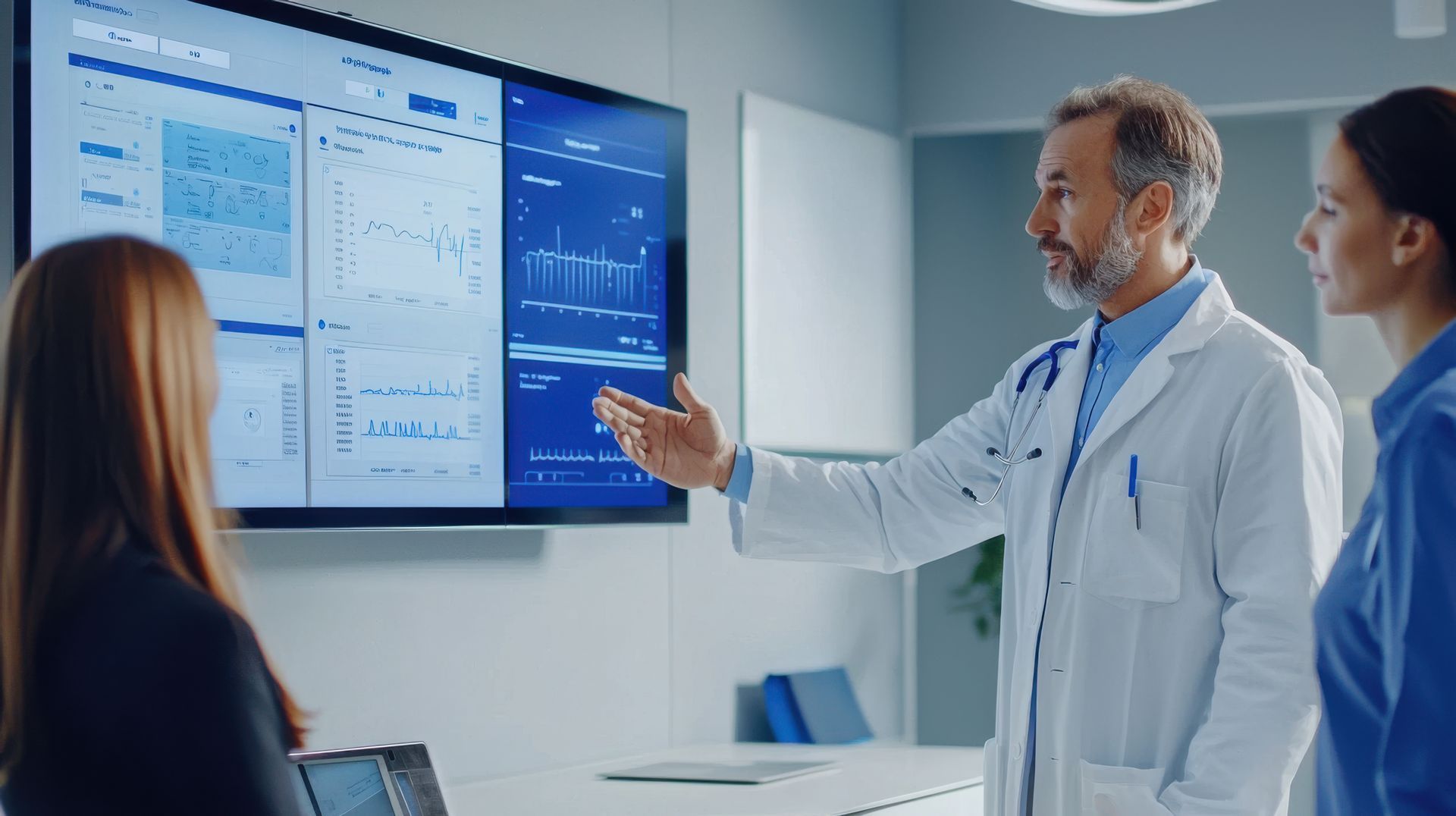
Whether you’re a healthcare administrator or a value-based provider, it's natural to have a reporting tool that adapts to our work rather than forcing it to fit into a rigid system.
MedVision recognizes this critical need and offers us its premier platform, QuickCap, a comprehensive healthcare administration software with a value-based care model explicitly designed for healthcare providers like you.
Gain the opportunity to start your day with a clear, real-time overview of your entire operation. With QuickCap, you can:
- Gain Instant Insights: Access customizable dashboards that provide at-a-glance views of your most critical metrics.
- Make Data-Driven Decisions: Leverage real-time analytics and modeling to make informed decisions.
- Streamline Your Workflow: Easily integrate QuickCap with your existing EHR and other healthcare administration programs.
With QuickCap, you're not just keeping up—you're staying ahead:
- Adapt to Change: QuickCap's flexible platform allows easy updates as healthcare regulations and best practices evolve.
- Scale with Confidence: Whether you're a small facility or a large healthcare network, QuickCap grows with you.
- Continuous Improvement: Regular updates and new features ensure you always have access to cutting-edge reporting capabilities.
Are you ready to take your healthcare reporting to the next level? Reach out today for a personalized demo. Together, let's shape the future of healthcare—one insight at a time.
Get Better Healthcare Insights with MedVision
Recently published articles
Keep in touch
Subscribe to get the latest update
Trending topics
Share your insights on social media
Upcoming events and company news
